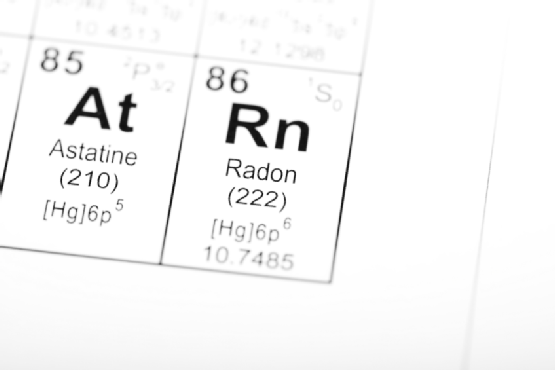Indoor air quality is an extremely important aspect of owning a home. Unfortunately, it is one of the items that is often put on the back burner, especially for a homeowner with a limited budget. Below are 3 ways to make your home healthier without emptying your wallet.
1. Leave Shoes at the Door
Pesticides make their way into your home in multiple ways. By doing something as simple as leaving your shoes at the door when you enter our home, you can decrease the amount of pesticides entering by as much as 90%.
2. Open the Windows
In this case, a drafty house is actually beneficial. Houses often accumulate contaminants since there is no way to cycle them out. Especially with newer homes that aren’t drafty, be sure to air out your home about once a week by opening the windows and doors. Of course, don’t forget to turn off all heating or air conditioning before doing so.
3. Indoor Plants
Not only are they aesthetically pleasing, many indoor plants can also help reduce contaminants in the air. Another side benefit – plants help reduce static during the winter months when humidity levels in homes can drop due to the increase in warm air flow.
These small steps can get you on the path towards healthier, cleaner indoor air quality. For more information on indoor air quality and the best ways to ensure your home is safe, contact Environmental Doctor today.


